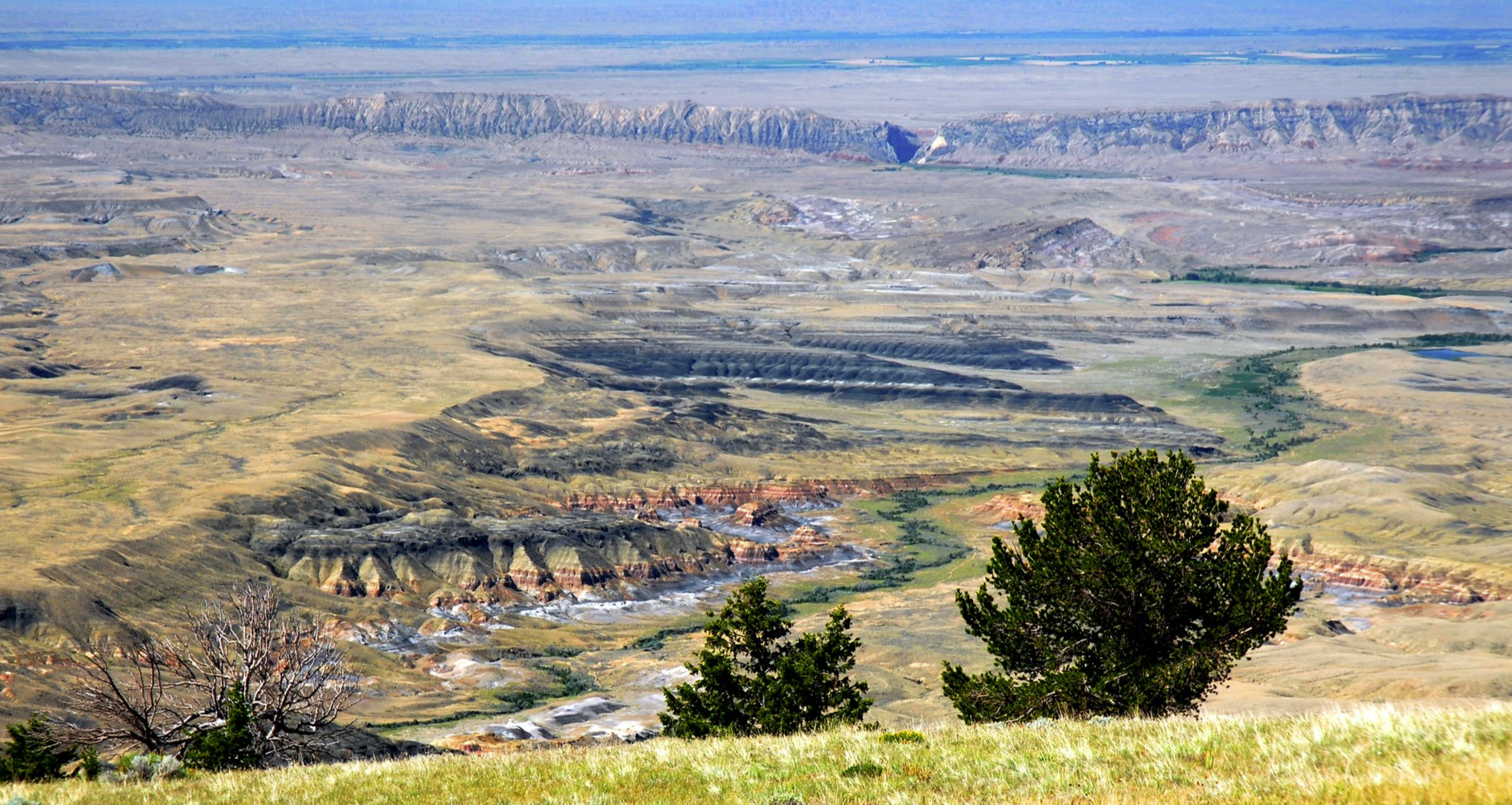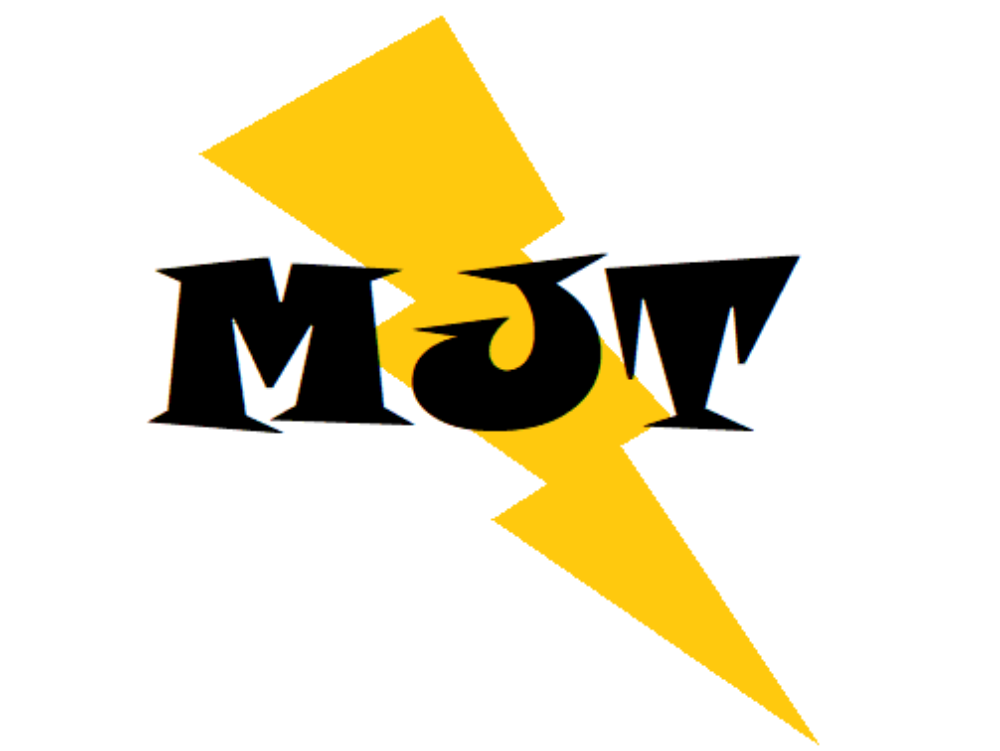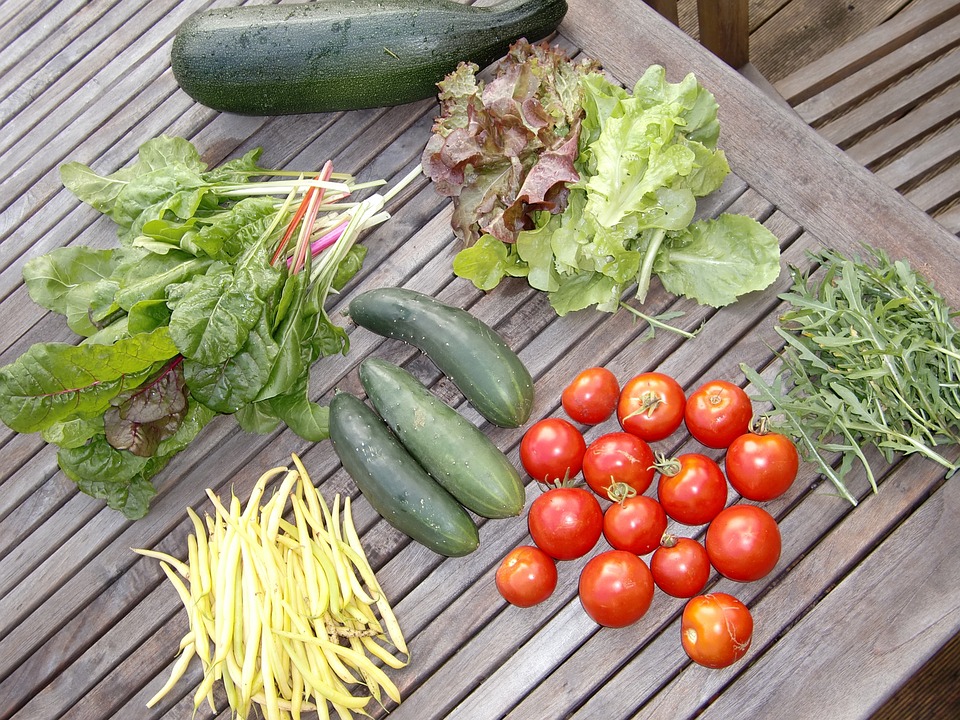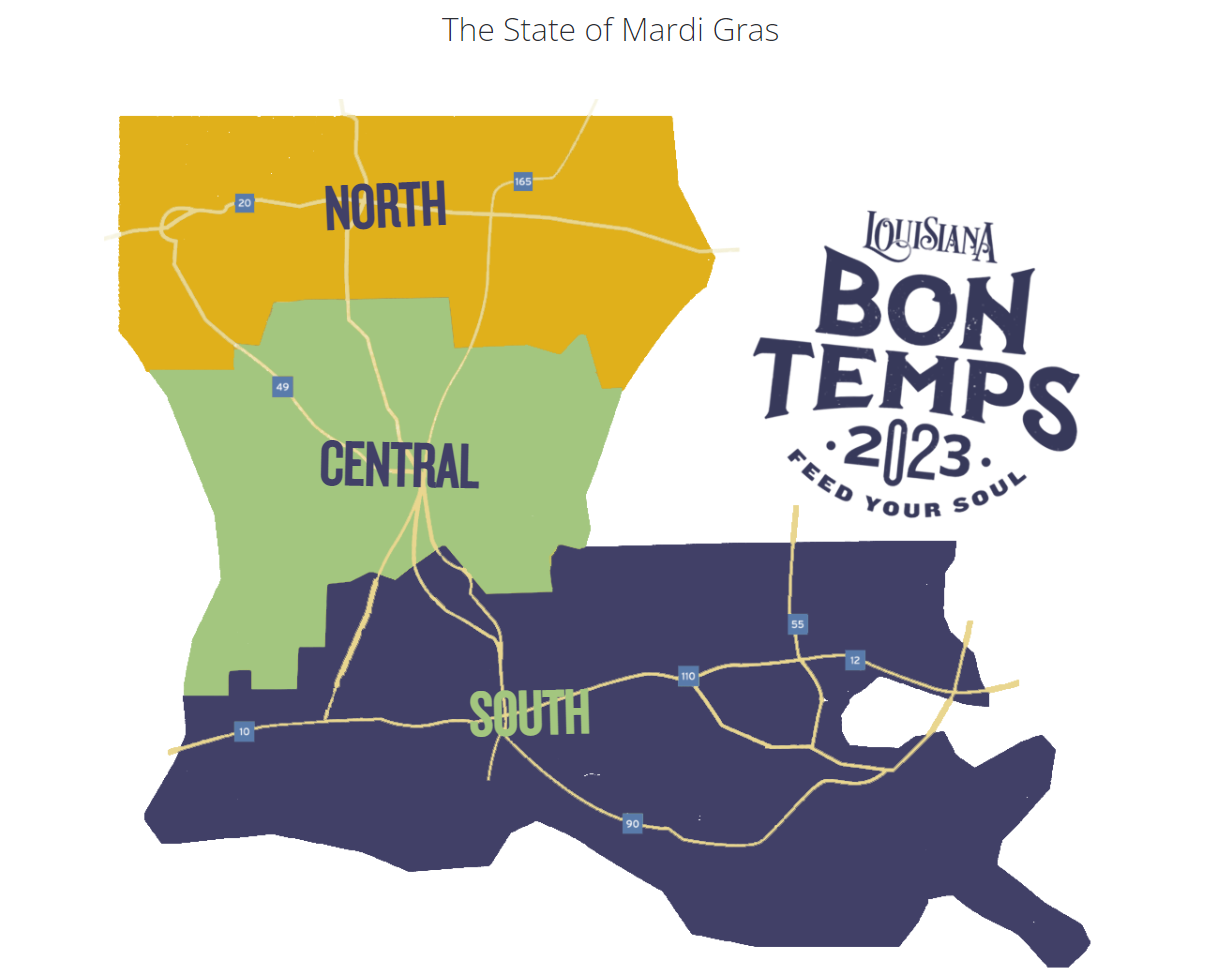
Native Plants
A lot of people enjoy a green lawn with fresh clipped grass and neat borders. I’m no enemy of them, but I also enjoy the wild and unruly look of the untamed outdoors. It’s a different hairstyle of sorts than the short buzzcut of a well maintained yard. I like the wide mix of native offerings that range from tall, old-growth trees with broad shady canopies; pine scented evergreens and their soft beds of fallen, brown needles on mountain hillsides; to meadows full of tall, uncut grasses and brightly colored wildflowers. Somewhere in between these two sides of the spectrum lies the landscape world filled with intentional plantings and thoughtful design creating works of artistry ranging from the beginner’s first efforts to a modern day Rapheal. Landscaping which includes native plants, i.e. what otherwise grows naturally in the region, really catch my eye. Often times native plants fare better as they’re a good fit for the hardiness zone and give back to local wildlife as well. Find out more about the benefits of native planting at this link.
Lots of resources on the internet for landscaping exist. One site that caught my attention recently is the Lady Bird Johnson Wildflower Center in Austin, Texas. Their website “… provides a full range of information useful to scientists, students, gardeners, native plant enthusiasts, landscape architects and others. It hosts the Native Plants of North America, the most comprehensive guide to North American native plants in existence, with a free and searchable database of information about more than 9,000 native plants, 50,000 plant images, answers to plant and natural gardening questions and more. Wildflower magazine is a nationally recognized source of native plant information and inspiration for our members.”
It may not be time for Spring yet, but the groundhog’s day of reckoning is almost here. Hopefully he makes the right prediction.
Easter Egg #1: The Punxsutawny Ground Hog Club
Easter Egg #2:


